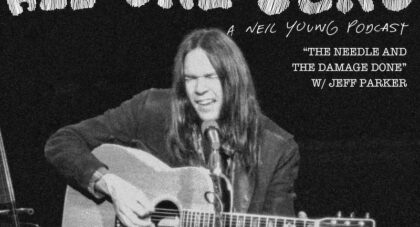For much of Japan’s youth, the five nationally televised Beatles concerts of 1966 were transformational. Japanese academic Toshinobu Fukuya stated that the Beatles embodied a new identity for the country’s youth. Their presence had signaled that “one did not always have to obediently follow arrangements prescribed by adults; it was possible to follow one’s own path and still be socially and financially successful in life”
In this vein, we open this third installment of First & Last with a track from 1974 by 田中寛 (Hiroshi Tanaka) & 不破洋一 (Yoichi Fuwa), who in their liner notes written by a friend, dub the . . .
Only the good shit. Aquarium Drunkard is powered by its patrons. Keep the servers humming and help us continue doing it by pledging your support.
To continue reading, become a member or log in.


